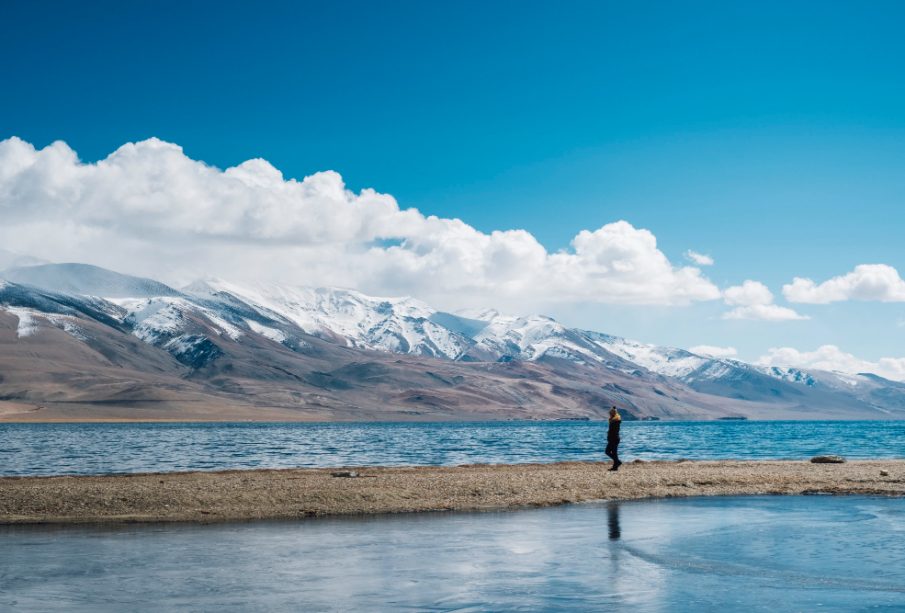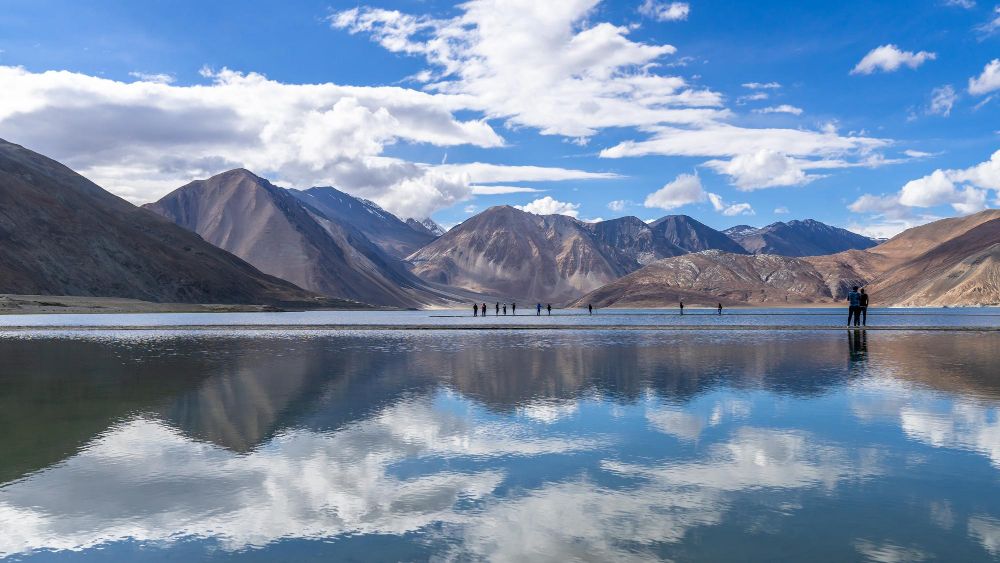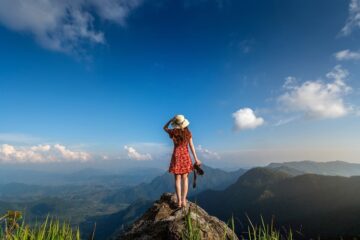A Beginner’s Guide to Ladakh Trekking

A Beginner’s Guide to Ladakh Trekking
Ladakh is a beautiful area in the Indian state of Jammu and Kashmir (J&K) that is abode to some of the most stunning landscapes in the world. From the snow-capped mountains to the emerald green lakes, Ladakh is a true paradise for nature lovers. Its culture and history are closely linked to Tibetan Buddhism.
Trekking is one of the ideal ways to explore this region, and there are many trails to suit all extent of experience and fitness. If you are planning to undertake a Ladakh trek, this beginner’s guide will give you all the particulars you need to get started.
Choosing a trek in Ladakh
Ladakh offers a wide variety of trekking options. Your decision will be influenced by your time, how far you want to travel, and the degree of difficulty you want. Trekking organizations may easily take care of this for you within a day or two. Some more distant treks require specific permissions since they may pass across sensitive border regions.
In Ladakh, there are countless possible treks you may go on, many of which will take you to isolated locations and last up to three weeks. Here is a comprehensive overview of Ladakh hiking possibilities.

Some of the popular treks in Ladakh include:
- Zanskar Range (Hidden Valleys of Ladakh)
This journey takes you through the valley’s numerous little settlements and into the Zanskar range. Camping equipment is necessary because the entire hike cannot be completed using homestays.
- Nubra Valley
You may do this without much hiking for the first couple of days, or you can have a more extensive hiking experience that includes camping, camel rides, and other activities. The region is reportedly beautiful.
- Markha Valley Trek
This trek is among the best since it includes homestays with local families in the communities along the way, combining hiking, scenery, and people and culture. This combo works perfectly and produces a hiking experience beyond your expectations. The Markha Valley Trek is the most well-known trek in Ladakh, and during the busy season, it may be congested (July and August).

To trek independently or with a guide?
The decision to trek independently or with a guide in Ladakh is personal, and both options have pros and cons. If you choose to trek independently, you’ll be free to explore at your own pace and choose your route. However, you’ll also be responsible for your safety and navigation, which can be challenging in such a remote region. If you choose to go with a guide, you’ll have someone with local knowledge and experience to help you navigate and keep you safe.
However, we advise hiring a guide, though, as particular treks require one because of the trail’s complexity or regional laws. Some treks, like the Markha Valley Trek, may be done independently. Budget, hiking experience, ability to interpret trekking maps and weather are all factors to consider.
Although it is possible to complete the Markha Valley hike without a guide, you may be confident that you are always on the proper route by hiring a local guide. The experience is enhanced by the local guide’s local background and culture. .

Camping vs homestay in Ladakh: Which is better for lodging?
Some hikes will allow you to choose between camping and homestays (staying with Ladakhi families in villages). Here are both its benefits and drawbacks.
Camping: If you travel with an agency, the main benefit of camping is that they provide a horse to carry your luggage, so you don’t have to carry everything on your back up to 5,000 meters and back down again. Another perk is that you may occasionally camp closer to passes, making ascents more straightforward. A potentially obvious drawback of camping is that it might be uncomfortable to sleep in a tent when it’s chilly, wet, or snowy. This option is typically more expensive.
Staying with Ladakhi families in villages throughout the Markha Valley trek will be one of the highlights of your adventurous trek. You feel grounded by the locals’ culture and traditions. A fun aspect is undoubtedly the food (see below). Not to add that homestays are sometimes cheaper than camping.
Homestays: We advise utilizing the homestay option if available for the trek you select. Staying with Ladakhi families in villages will be unquestionably one of the highlights and joys of your adventure. You feel grounded by the locals’ culture and traditions. A fun aspect is undoubtedly the food (see below). Not to add that homestays are sometimes cheaper than camping.
What to expect in a Ladakhi homestay:
- Home-cooked meals: All meals are vegetarian, healthier and safer for the digestive system overall, especially at altitude. If you have any dietary sensitivities, let the trekking company, and your host family know in advance. Dinner is frequently somewhat filling and usually consists of momos (Tibetan dumplings) or temo (twisted bread dumplings) with daal (lentils) or garden greens.
- Sleeping area: In most homestays, sleeping arrangements involve placing mattresses on the ground and covering them with several blankets. You could have to share a room with other hikers if you’re going during the busy season. Bring a sleeping bag with you. The last time blankets had been cleaned is unknown, but the sheets appeared to be pretty clean.
- Toilets: Expect drearily. Compost toilets or outhouses are often located outside or close to the house. They work but don’t anticipate any luxury in this place. Bring light to prevent unintentional falls by slipping and falling.
When to Trek in Ladakh?
The best time to trek in Ladakh generally falls between June and September. It is when the weather is at its best, with clear skies and relatively mild temperatures. Of course, conditions can vary depending on the trek you’re planning. For example, the famous Markha Valley Trek is usually only possible between mid-July and mid-September, as the higher altitude passes can be snowed in at other times of the year. So, it’s always best to check the conditions before you book your trip.










